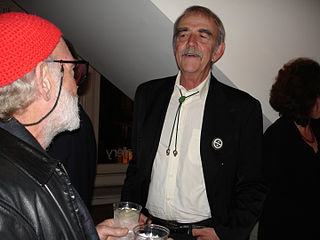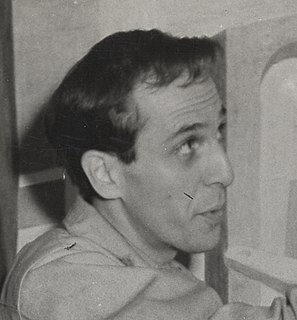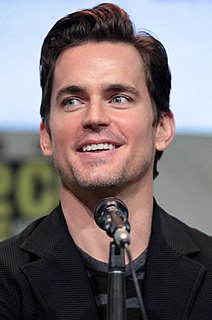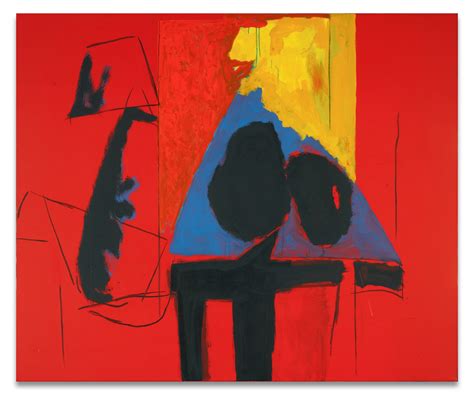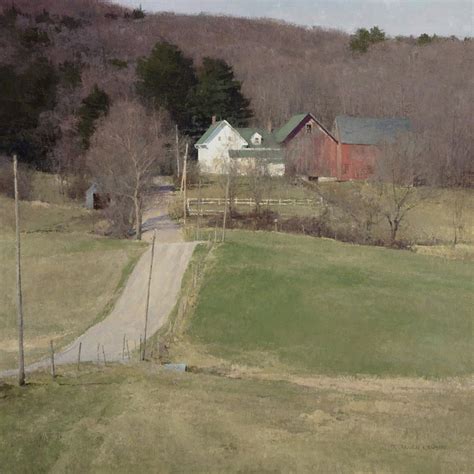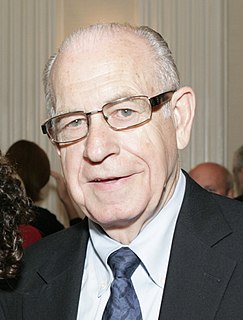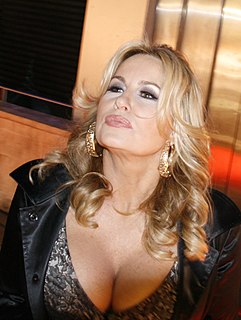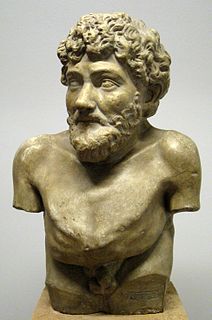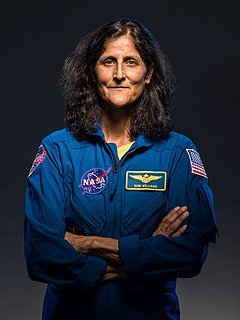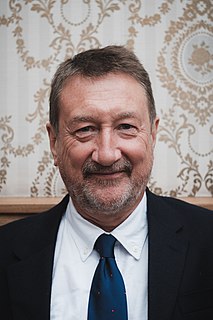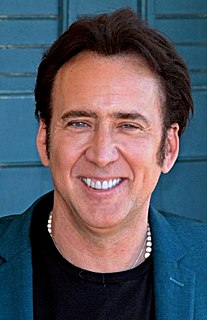A Quote by William T. Wiley
I'm just a landscape painter. I look out the window and I see what's going on, and I paint it. While I'm painting it, I also write thoughts about what I see going on out there.
Related Quotes
You have bits of canvas that are unpainted and you have these thick stretcher bars. So you see that a painting is an object; that it's not a window into something - you're not looking at a landscape, you're not looking at a portrait, but you're looking at a painting. It's basically: A painting is a painting is a painting. And it's what Frank Stella said famously: What you see is what you see.
Painting is an illusion, a piece of magic, so what you see is not what you see. I don't know what a painting is; who knows what sets off even the desire to paint? It might be things, thoughts, a memory, sensations, which have nothing to do directly with painting itself. They can come from anything and anywhere.
I look at a pilot and go, "I see the landscape. I see the characters. I see the direction and the potential of the story." And I also go, "That didn't work. I could change that. Maybe that works. I don't know. We'll see." For me, I look at it, as an actor, as what can I improve upon? So, to have it out there and judged solely on its own merit is really a unique experience for me.
I look out the window in the morning sometimes, and the sun is rising, and the people are going to work. I look at Washington as being that big, sleeping giant, just stretching and waking up, and going about its business. And to know that I'm working in the capital of the most powerful nation in the world - I feel good about that.
On the second flight, we were doing a lot of science experiments, and we've got a really cool window called the cupola. It's a big, circular window with six panes around, sort of at angles so you can see the Earth, you can see the edge of the Earth, you can go out - look out into the universe. It's pretty spectacular.
I generally enjoy the rehearsal process because that's where you can share your ideas, get your thoughts and feelings out and see whether or not they're going to land, whether or not people are going to agree with them, particularly the director. So you can sort out in that process any elements that need to be sorted out before you're on the set, and of course that saves time and it also makes everyone more comfortable working together.
